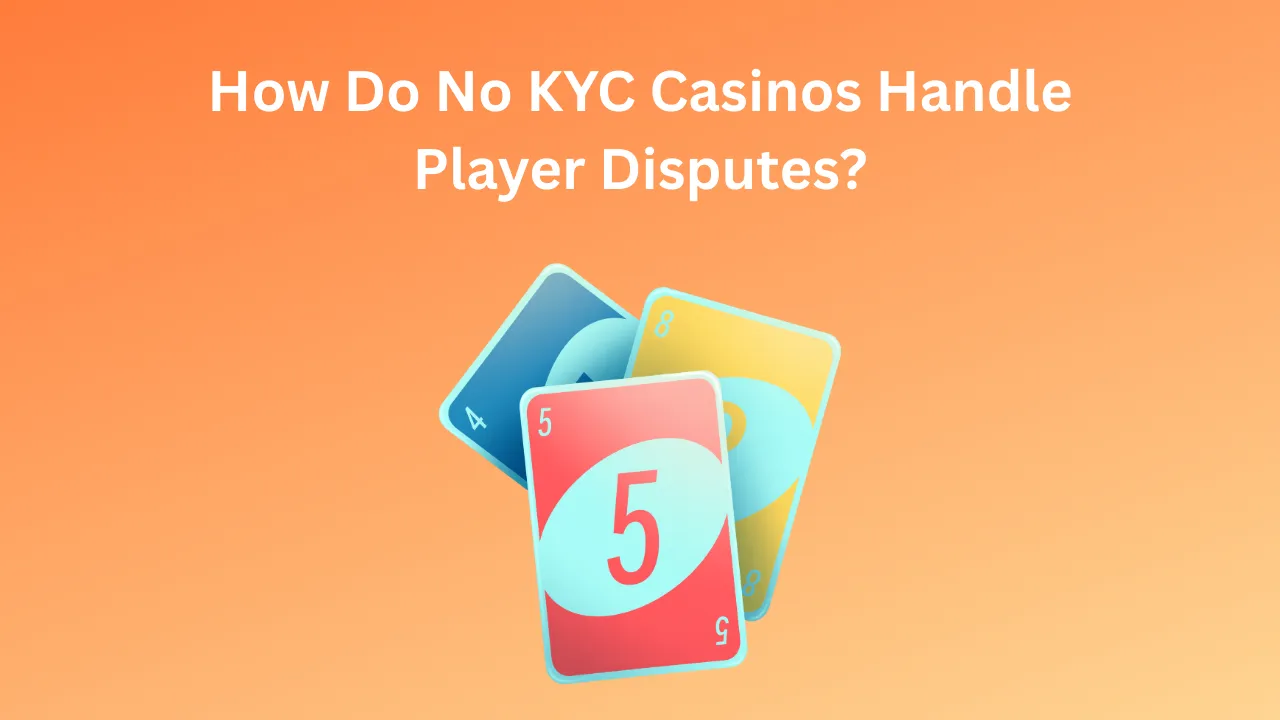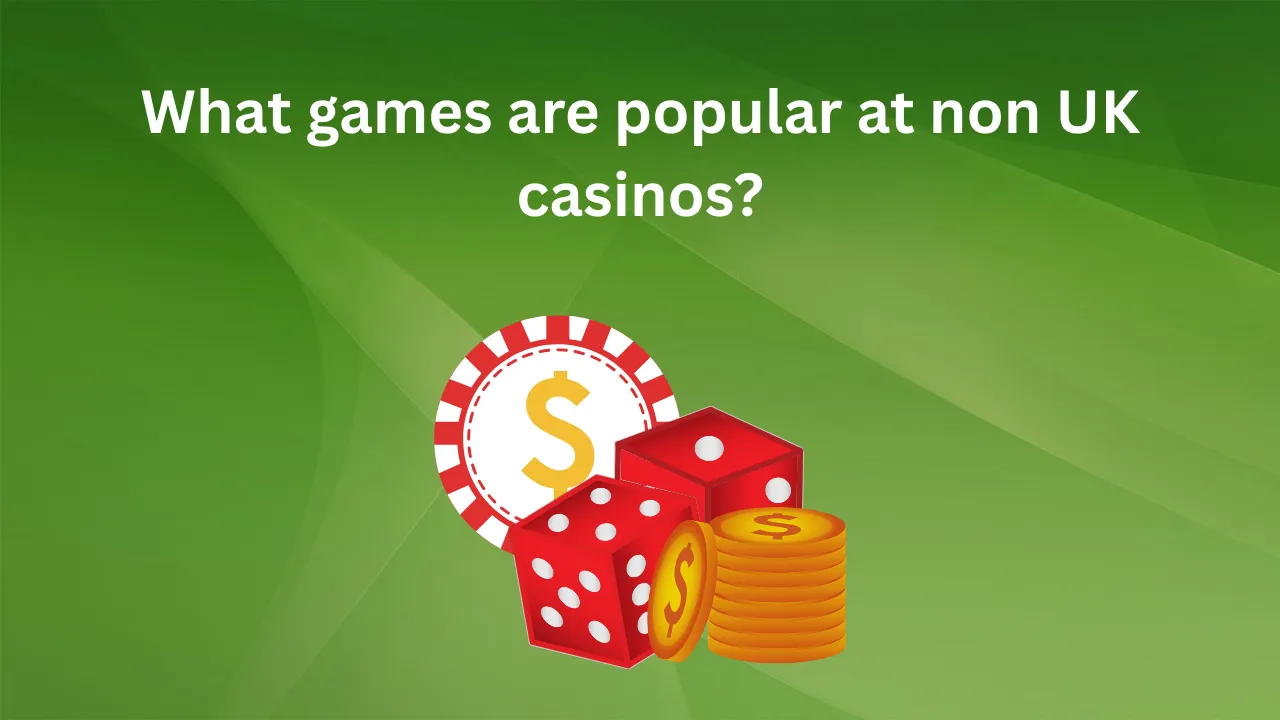When you’re choosing a slot to play—whether you’re spinning casually or going all-in on bonus buys—you’ve probably come across the term RTP, or Return to Player. It’s often touted as one of the most important metrics in online slot gaming. Some players won’t even consider playing a game unless the RTP is over a certain threshold. But is RTP really the most important slot factor?
After years of engaging with different slots across various platforms, including experiences with non UK licensed casinos, I’ve come to learn that RTP, while valuable, tells only part of the story. There are many other dynamics at play—volatility, hit frequency, game features, bonus mechanics, and even the licensing of the casino itself—that shape the actual gameplay experience.
Let’s explore this in depth.
Understanding RTP: What It Is and What It Isn’t
RTP stands for “Return to Player,” and it’s a percentage that reflects the average amount of money a game returns to players over the long term. For instance, a slot with an RTP of 96% theoretically pays back £96 for every £100 wagered.
But here’s the catch: RTP is calculated over millions of spins. So while it gives a general idea of fairness and potential return, it’s not a guarantee of what any individual session will look like. You could hit a jackpot within five spins, or you could lose your balance quickly with no substantial win.
Moreover, different versions of the same slot can have different RTP settings depending on the operator. This is where non UK licensed casinos often stand out—they sometimes offer higher RTP versions of popular games compared to UK-licensed platforms, which are bound by more strict regulatory settings.
The Misconception: High RTP Equals Better Gameplay
Many new players, and even some seasoned ones, fall into the trap of thinking that a higher RTP is always better. It’s easy to assume that a 97% slot is “better” than one with 94%, but that’s not always the case.
A game with high RTP but extremely low volatility might offer frequent, tiny wins that never feel exciting. On the other hand, a game with lower RTP but high volatility might bring those heart-pounding moments that many players crave, even if the math isn’t as favorable in the long run.
So while RTP provides a sense of long-term fairness, it does not tell you:
How often you will win
How big your wins might be
How fun or engaging the game is
These elements—particularly the thrill of a slot—are often more important to the average player than RTP percentages on paper.
The Role of Volatility and Hit Frequency
Volatility, also known as variance, measures how frequently and how much a slot pays out. High volatility games, like Dead or Alive 2 or Money Train 3, might go long stretches with little to no wins—but when they do pay, it can be massive. Low volatility games, like Starburst, offer frequent, smaller wins.
If you’re someone who enjoys extended gameplay with lower risk, you might prefer low volatility. But if you’re chasing big wins and enjoy the adrenaline of high-stakes spinning, volatility might matter more than RTP.
Hit frequency—the likelihood of hitting a winning combination on any given spin—is another often-overlooked stat. A game could have a decent RTP but a low hit frequency, meaning you might spin dozens of times before seeing any return. Again, non UK licensed casinos sometimes display more detailed game data, including volatility and hit rate, allowing informed players to make smarter choices.
Non UK Licensed Casinos: A Wider Playing Field
One of the main reasons players explore non UK licensed casinos is the greater flexibility in game choice and configuration. While UK-licensed platforms are held to stricter regulations—such as mandatory session breaks, stake caps, and lower default RTP settings—offshore platforms can offer a broader, and sometimes more thrilling, experience.
For example, some slots come in multiple RTP versions: 88%, 94%, 96%, and 98%. UK casinos may only offer the 94% version due to compliance reasons, while non UK licensed casinos might let you play the full 98% version. That’s a meaningful difference, especially for high-volume or long-term players.
These casinos also tend to support faster gameplay, higher stakes, and fewer restrictions on bonus features like auto-play or turbo mode. Of course, they come with caveats—namely, a lack of GamStop integration and sometimes limited regulatory oversight. But for responsible players who do their due diligence, they can be a gateway to more customizable, rewarding gameplay.
Game Design and Bonus Mechanics
Beyond RTP and volatility, a slot’s overall design, theme, and features can drastically impact your experience. Games like Big Bass Bonanza or Book of Dead have become classics not because of their RTP but because of their engaging features and bonus rounds.
Free spins, multipliers, cascading reels, expanding wilds—these are the things that bring excitement and keep you coming back. They’re what make you remember a game and tell your friends about that one incredible win. A dull slot with a high RTP is still dull. A dynamic slot with moderate RTP but thrilling gameplay? That’s the one people actually want to play.
Reality Check: Your Personal Preferences Matter Most
Ultimately, the most important slot factor isn’t RTP or volatility or where the casino is licensed—it’s you. Your preferences, bankroll, risk tolerance, and goals all shape what makes a slot enjoyable.
If you’re in it for the long haul and play methodically, you might care more about RTP. But if you’re chasing entertainment or big hits, volatility and features may take precedence.
Many of my best moments playing slots have been in non UK licensed casinos, not because of the technical stats, but because the games felt more alive—faster pace, better bonus buys, and customizable features. RTP didn’t matter as much when the experience itself was rewarding.
Responsible Gambling Still Comes First
Whether you’re playing onshore or offshore, focusing on RTP or chasing massive multipliers, one principle remains firm: play responsibly. Know your limits. Use tools like deposit limits or time trackers, and never chase losses.
Even the best RTP slots won’t guarantee profit. The house always has a slight edge, and even high-return games will have losing streaks. Slots should be fun, not a financial strategy.
Conclusion: RTP Is a Piece of the Puzzle, Not the Whole Picture
So, is RTP the most important slot factor? In truth, it’s just one factor among many. While it’s useful for understanding the long-term performance of a game, it doesn’t guarantee wins or dictate enjoyment.
Volatility, hit frequency, features, and overall game design often matter more in real-world play. And for those who want more freedom in how they play, non UK licensed casinos can open the door to richer, more customizable slot experiences—sometimes with higher RTP versions included.
The key is to know what you value in a game and to play at a casino that aligns with your expectations. If RTP is your north star, chase it. If you’re more about the ride than the numbers, don’t be afraid to branch out and try something that’s just plain fun—even if it’s not mathematically “ideal.”
After all, this is entertainment. And the best slot? It’s the one you can’t stop thinking about—stats be damned.







